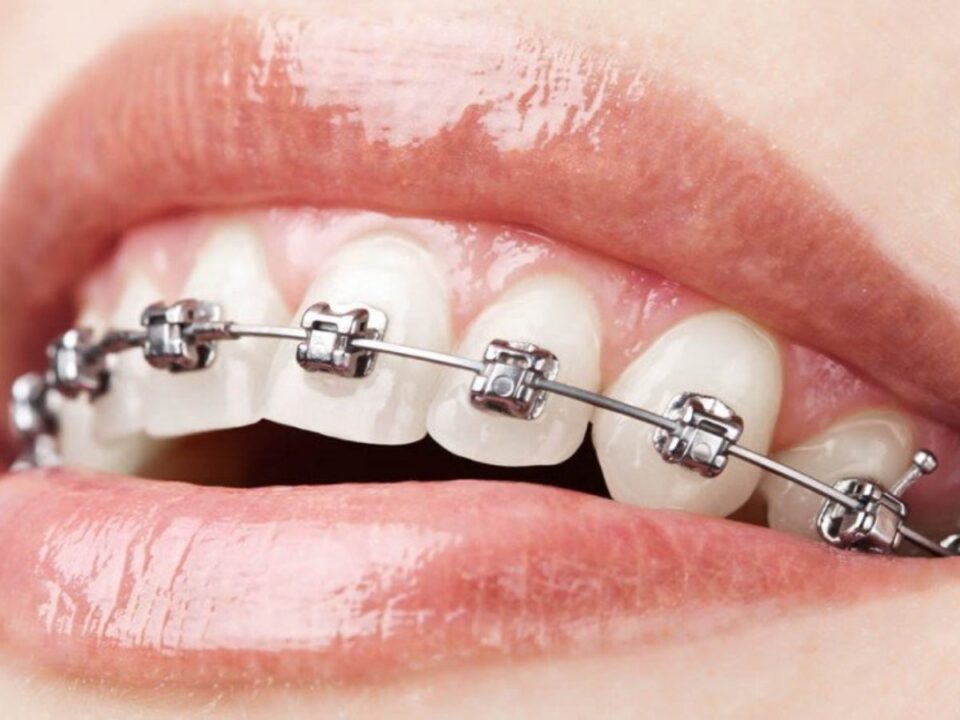Dental braces, or orthodontic braces, are a particular type of cover used by orthodontists to correct misaligned teeth and improve a person’s bite. They consist of brackets, wires, and sometimes bands that gently pressure teeth, gradually moving them into their desired positions.
Traditional dental braces are applied over the teeth for around 18 months and use the subtle push-and-pull method to straighten your teeth. It deals with issues like crowded teeth, overbites, crooked teeth, underbites, etc. However, look at the other braces options suggested by the humble braces experts and find out how these braces work.
How do Braces Work To Straighten Your Teeth?
Braces function by exerting controlled pressure on the teeth via wires or brackets. This process gradually leads to properly aligned teeth. This pressure triggers bone remodeling, allowing teeth to shift within the jawbone.
Orthodontists ensure regular braces adjustment by replacing the wires and adjusting tension. These adjustments are essential to consistent progress, as teeth respond to the incremental pressure by moving towards their intended positions.
Over time, often spanning months to years, teeth gradually align as bone remodeling facilitates movement. Braces deliver a transformed, straightened smile and improved oral health through the synergy of pressure, bone response, and professional adjustments.
Types of Dental Braces
Metal braces
Metal braces are considered traditional and durable. They use metal brackets and wires to align the teeth effectively. They are cost-effective and versatile and recommended for various orthodontic cases.
Ceramic braces
Similar to metal braces but less noticeable, ceramic braces use tooth-colored or clear brackets for a more discreet appearance. They blend better with teeth but can be more prone to staining.
Lingual braces
Lingual braces are mostly placed on the backside of the teeth. They are often hidden, making them virtually invisible during treatment. If you don’t wish to show your braces, these are the best for you.
Self-ligating braces
Self-ligating braces use special brackets to minimize friction and ensure smooth adjustments. This treatment does not require a long time to get visible results and also requires fewer visits for adjustments.
Clear aligners
Transparent and removable, clear aligners like Invisalign gradually shift teeth using a series of custom-made trays, offering flexibility and minimal visibility. This treatment only requires a short time to get visible results and fewer visits for adjustments.
Conclusion
In conclusion, dental braces are vital in aligning misaligned teeth and improving dental health. This article covered all essential aspects of braces, from their types to their benefits. However, visiting an orthodontist can also give you a clear understanding of dental braces and help your best ones.

